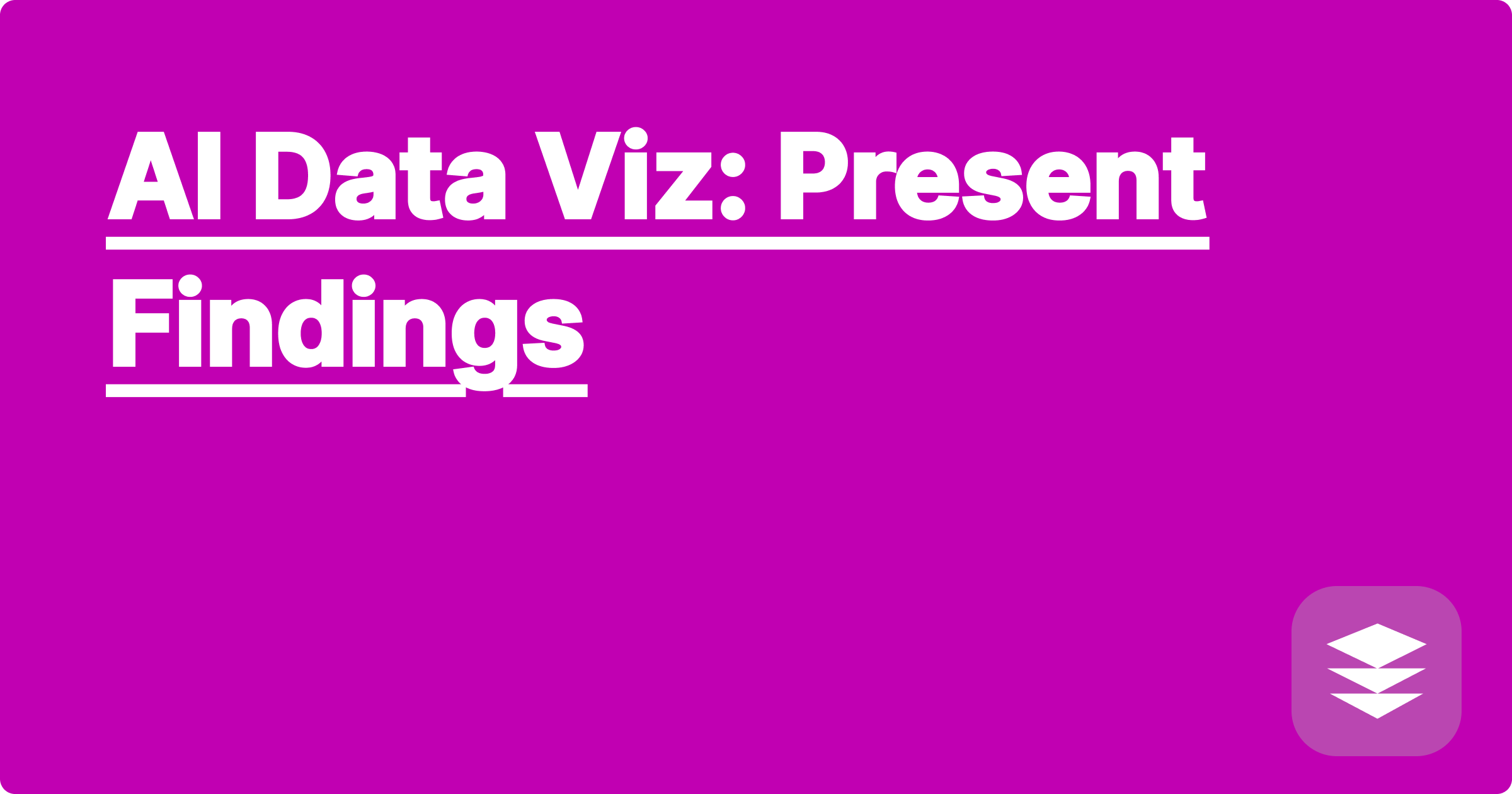
The demanding world of STEM education and research presents a constant challenge: managing massive amounts of data, complex concepts, and relentless deadlines. Students and researchers alike struggle to efficiently process information, optimize their study habits, and effectively communicate their findings. This is where the transformative power of AI comes into play. AI-powered tools offer a revolutionary approach to learning, research, and time management, empowering STEM students and researchers to achieve unprecedented levels of academic success.
This blog post explores how AI-driven data visualization tools can revolutionize the way STEM students and researchers present their findings. We'll delve into the specific challenges faced by STEM fields, examine how AI can provide solutions, and provide practical examples and strategies for integrating these tools into your academic workflow. Imagine effortlessly transforming complex datasets into compelling visuals, crafting dynamic presentations that captivate your audience, and ultimately, maximizing the impact of your hard-earned research. This is the promise of AI data visualization.
STEM fields are inherently data-driven. Researchers generate vast quantities of data through experiments, simulations, and observations. Students, too, grapple with complex datasets in their coursework, from analyzing experimental results in physics labs to interpreting genomic data in biology classes. Traditional methods of data analysis and presentation, such as spreadsheets and static charts, often fall short when dealing with such complexity. They can be time-consuming, difficult to interpret, and fail to capture the nuances within the data. Furthermore, effectively communicating research findings is crucial for securing funding, publishing in prestigious journals, and advancing scientific knowledge. Yet, crafting compelling presentations that clearly convey complex information can be a daunting task.
AI-powered data visualization tools offer a powerful solution to these challenges. These tools leverage sophisticated algorithms to automatically analyze datasets, identify patterns, and generate insightful visualizations. Platforms like Tableau, Power BI, and specialized scientific visualization software, enhanced with AI capabilities, can transform raw data into interactive dashboards, 3D models, and animated visualizations. Furthermore, AI-driven presentation tools can assist in creating engaging narratives, suggesting optimal slide layouts, and even generating personalized content based on audience demographics. Consider a hypothetical AI learning platform, GPAI, which integrates seamlessly with these visualization tools. GPAI could analyze a student's research data, suggest relevant visualization techniques, and even generate draft presentations, significantly streamlining the entire process.
Integrating AI data visualization tools into your workflow can be surprisingly straightforward. First, identify the specific data you want to visualize and the key insights you want to communicate. Then, choose an AI-powered tool that aligns with your needs and data format. Platforms like Tableau and Power BI offer user-friendly interfaces for creating interactive dashboards, while specialized software like Paraview is tailored for scientific visualization. GPAI, our hypothetical platform, could guide you through this selection process based on your research area. Next, import your data into the chosen tool and explore the various visualization options. Experiment with different chart types, color schemes, and interactive elements to find the most effective way to represent your data. GPAI could suggest optimal visualization strategies based on your data and research objectives. Finally, refine your visualizations and integrate them into your presentations or publications. GPAI could even assist in generating compelling narratives and slide layouts.
Imagine a physics student studying the trajectory of a projectile. Using traditional methods, they might plot the data on a simple graph. However, an AI-powered tool could generate a 3D simulation of the projectile's motion, allowing the student to visualize the trajectory in real-time and explore the impact of different variables. A chemistry student analyzing molecular structures could leverage AI to generate interactive 3D models, enabling them to rotate, zoom, and analyze the molecule from different perspectives. In a research setting, a biologist studying gene expression patterns could use AI to create heatmaps and network diagrams, revealing complex relationships within the data. GPAI, in these scenarios, could provide personalized recommendations for visualization techniques and even generate preliminary visualizations, saving valuable time and effort.
To maximize the benefits of AI data visualization, consider these strategies. First, invest time in learning the basics of data visualization principles. Understanding concepts like chart selection, color theory, and visual hierarchy will enhance your ability to create effective visualizations. Second, explore different AI-powered tools and choose the ones that best suit your needs and research area. GPAI, or similar platforms, can provide valuable guidance in this process. Third, don't be afraid to experiment with different visualization techniques. The iterative process of trying different approaches will help you discover the most effective way to communicate your findings. Finally, remember that data visualization is a powerful tool for storytelling. Use your visualizations to create a compelling narrative that engages your audience and clearly conveys the significance of your research. GPAI can assist in crafting these narratives and structuring your presentations for maximum impact.
In conclusion, AI data visualization offers a transformative approach to presenting findings in STEM. By leveraging the power of AI, students and researchers can unlock deeper insights from their data, create compelling visualizations, and communicate their research more effectively. Embrace these tools, explore their capabilities, and witness the positive impact they can have on your academic journey. Start by exploring existing AI-powered visualization platforms and consider how a comprehensive platform like the hypothetical GPAI could further enhance your workflow. The future of STEM communication is visual, and AI is the key to unlocking its full potential.
AI for Biology: Data Visualization
AI for Stats: Data Analysis Made Easy
AI Study Prep: Master STEM Exams
AI Homework Help: Conquer STEM
AI for Research: Find Key Papers
AI Coding Helper: Code Smarter
AI Physics Tutor: Problem Solving
AI in Biology: Data Visualization